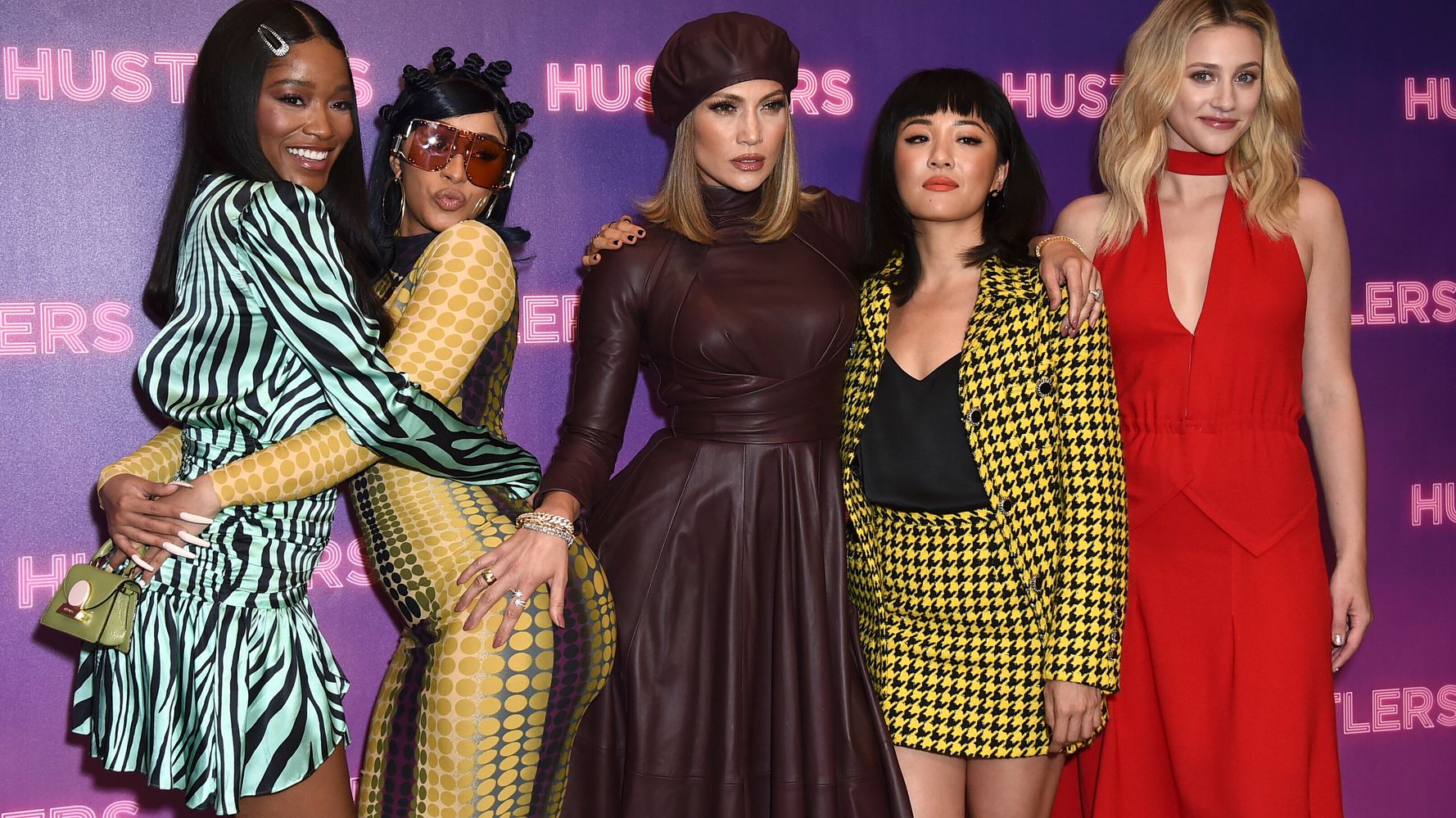[ad_1]

Over the weekend, “Hustlers” debuted at the box office, making over $33 million, exceeding industry expectations of about $25 million. Starring Constance Wu and featuring a career-defining performance from Jennifer Lopez, the electrifying drama about former strippers who scammed their Wall Street clients — directed by Lorene Scafaria — is yet another example of Hollywood underestimating demand for movies by and about women and people of color.
For a long time, Hollywood executives operated under the myth that movies featuring diverse casts wouldn’t sell at the box office, particularly when they began turning their attention toward international audiences, which increasingly make up a significant portion of Hollywood’s source of revenue.
But time and time again, box office successes have proven them wrong, from “Hidden Figures” in 2016, to “Get Out” and “Wonder Woman” in 2017, to “Black Panther” and “Crazy Rich Asians” last year.
For more than five years, an annual report from researchers at UCLA has found that these box office hits are largely driven by diverse audiences who want to see movies that reflect themselves — meaning that if Hollywood executives don’t prioritize diversity and representation on-screen, they’re leaving money on the table. That proved to be the case once again with “Hustlers”: according to STX, the studio behind the movie, 67% of the opening weekend audience consisted of women, and 65% were people of color.
A new study released Wednesday by the same UCLA team aims to outline best practices to guide industry leaders in actually ensuring better diversity and representation, particularly in behind-the-camera roles and in positions of power.
While many individual film and TV stars and creators have championed their own efforts to elevate marginalized voices, the perennial studies on diversity and representation have noted that it requires an industrywide effort to change practices and institutions.
Through examining existing diversity and inclusion programs in the entertainment industry, and conducting interviews with industry gatekeepers, like studio executives, talent agents and union leaders, the UCLA researchers developed five key recommendations, summed up in an acronym: MEANS.
MODERNIZE your worldview to reflect changing U.S. demographics
EXPAND the net in routine talent searches
AMPLIFY the voices of women, especially women of color,
within organizationsNORMALIZE compensation practices to reduce barriers to entry for marginalized groups
STRUCTURE incentives for decision makers to prioritize diversity and inclusion
Within each recommendation, they identify concrete practices, such as setting clear and measurable goals and timelines for inclusive hiring, and holding trainings to reduce unconscious bias in evaluating job candidates.
Earlier this month, a study from the University of Southern California’s Annenberg Inclusion Initiative similarly emphasized reforming hiring and casting practices.
Other recommendations from the UCLA team include ensuring people in power advocate for and “sponsor” promising women, especially women of color.
As one executive interviewed by the researchers explained, “Sponsorship is when you actually have someone speaking for you and touting you in a room that you’re not present in.”
Several of the interviewees also stressed retention, such as actually committing to hiring candidates who were brought on through a diversity initiative, and then paying them fairly and providing a supportive environment.
The researchers warned that each individual practice or policy change isn’t a panacea. Instead, they have to be implemented in tandem with the others, and leaders and institutions have to treat representation as a holistic problem that requires systemic change.
“There is no silver bullet for solving Hollywood’s longstanding diversity and inclusion problem. Instead, organizations truly committed to change must holistically address the problem with a toolkit of practices,” the researchers wrote. “If Hollywood storytelling is to become a truer reflection of a diversifying American mainstream, the industry must widely adopt these means as part of a new normal.”
REAL LIFE. REAL NEWS. REAL VOICES.
Help us tell more of the stories that matter from voices that too often remain unheard.
[ad_2]
Source link

